Wild Galapagos Tomato
We love it when we hear from customers about their gardening/growing projects. One of our tomato varieties, the Wild Galapagos Tomato (Solanum cheesmaniae), is very popular for its production and adaptability to extreme environments. One of our customers has been doing research in Italy on the salt tolerance of the Wild Galapagos tomato as well as other salt tolerant plants. The goal is to develop an aquaponics system that uses salt water instead of freshwater to grow food where there is no fresh water available. Many parts of the world have limited access to fresh water, but ample access to salt water so if salt water could be used to grow food there would be much less hunger!
Here’s some photos of Eddie’s research projects:
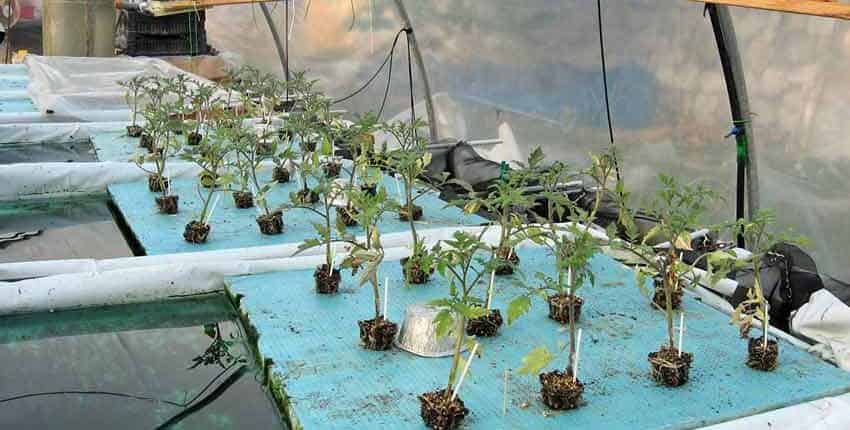
Growing Wild Galapagos tomato plants under controlled agronomic techniques, about 8-10 times more salinity than usually tolerated by such plants. Plants grew well.

Saline aquaponics. Tomato trials under saline condition – working towards a fully marine fish aquaponics system.
Another interesting project is our customer Harry in Anchorage, AK who spent the winter growing the Wild Galapagos Tomato inside under grow lights. Harry wrote to us saying; “I have started a project that I know will be difficult. I am trying to raise a few Solanum cheesmaniae, an outdoor tropical plant, indoors in Alaska in the dead of winter.” He goes on to state “The system is based on multiple artificial lights, with wires and artificial props, and even some duct tape as needed.” Ingenuity is what we love about our customer’s imagination!
After an email exchange, he elaborated a bit,
“I use an array of “daylight” fluorescent lights, mounted on a framework made of do-it-yourself shelving material from the hardware store. I can’t let the plants sprawl, so I have to make them grow upward, using a system of strings and wires. As a result, plants that grow from pots less than a foot off the floor are already touching the 8-foot ceiling, and they aren’t stopping! If I had unlimited space, I could be growing hundreds of plants now, because each tomato (those that I have saved seeds from) has over 20, and often over 50, seeds. I have given away a potted second-generation plant, and have 8 others growing — one with flowers, and one, now about 7 feet tall, with both flowers and green fruit.
Although I ordered two seed packets from you last October, I used only 10 seeds from one (and got 5 plants, all still living and bearing), and sent some seeds to a friend in CA. One of my colleagues (at work) planted the remainder of the packet, and has 15 plants growing in limited space in his house at a chilly 2500-foot elevation outside of Anchorage.”
He finishes by saying, “The appeal these plants have, to myself and others, is the intensity of the tomato flavor. The flavor grows in your mouth and lasts at least 2 minutes if you don’t eat anything else.”
Here is a photo essay of his project:
Our customers in Texas report that the Wild Galapagos tomato is the only tomato that keeps producing throughout the heat of the summer! With a daily high of 110°F for over 40 days, the Wild Galapagos was the only tomato to keep going, giving about 2 pints of tomatoes every other day from 2 plants. On the other end of the scale, our customers from the northern tip of Idaho and southern British Columbia and Alberta, Canada say that this is the first tomato to flower and set fruit and is also the last at the end of the season!
This is a very versatile tomato along with its cousin Sara’s Galapagos. The Wild Galapagos Tomato is one of two indigenous varieties of tomatoes on the Galapagos Islands, and is the only edible one. This is why it’s scientific name is completely different than any other tomato! Sara’s Galapagos is a domesticated variety that was brought back by Sara and Amy Goldman on one of their tomato expeditions, is adapted to the island’s climate and does well in harsher environments.
A few things to remember about them, they can take anywhere from 4 to 45 days to germinate based on recent reports. Under germination testing these two varieties have taken longer than “regular” tomatoes to germinate under controlled conditions. Sara’s produces red fruit and the Wild produces a golden yellow-orange fruit. So, get creative and feel to experiment with any of our varieties that we offer – you will be amazed what might happen!


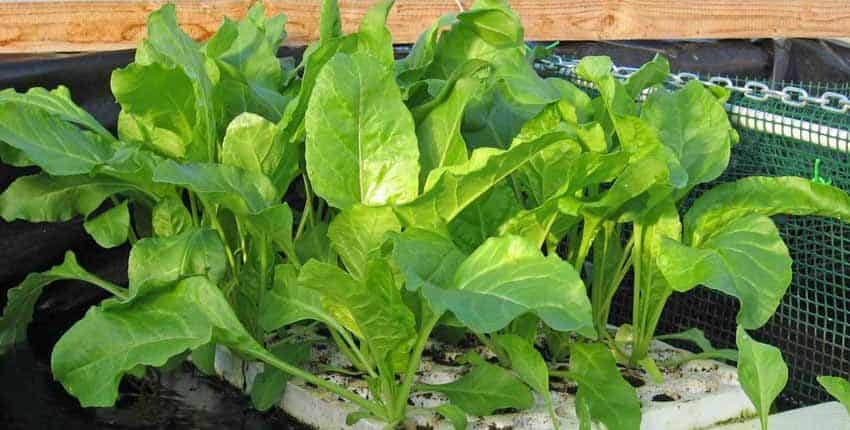
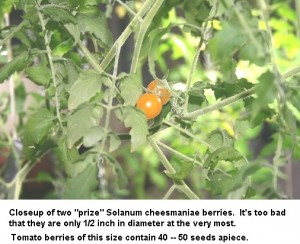

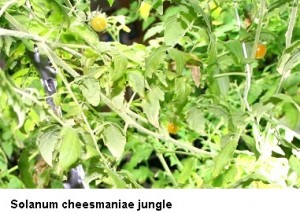


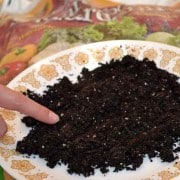

 © 2024 Terroir Seeds | Underwood Gardens
© 2024 Terroir Seeds | Underwood Gardens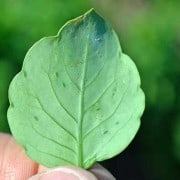
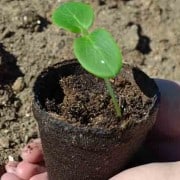
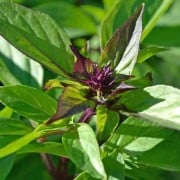
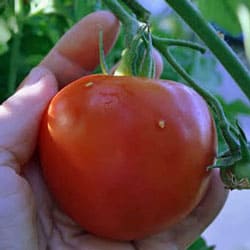

A Facebook acquaintance grows super hot chilies, which have very low germination rates. He has been able to increase germination rates to approx. 80% by soaking the seeds in fresh squeezed lemon juice for 12 hours before planting. I wonder if you could speed germination of this tomato by using the same technique. It seems like it would be worth a try. This sounds like an exciting variety.
Where are these seeds sourced from? I want to make sure they’re legit cheesmanii plants. I am interested in making some crosses to hirsutum and high-antho plants.
The original seedstock for the Wild Galapagos tomato is from the Galapagos islands via one of our mentors and grown out by an experienced seed breeder and grower. We’ve supplied these to several breeders and researchers for salt tolerance and high salinity aquaponic systems.
Glad to hear that. Thanks for your reply. The seeds I purchased and grew from you definitely had a unique foliage, but unfortunately were planted too late to produce much. I wonder what kind of foliage would be produced from a silvery fir tree or lucinda cross. Wish I had more space for tomato experiments….
Ahh, the sound of early addiction! More space, more time, more experiments! You do know that tomatoes are the gateway drug for gardening, right?
We grew these in our raised bed in Parks AZ and they did fantastic! We let them run wild and they took over most of the bed. I didn’t mind- they’re absolutely delicious and produce so so well! We experimented with cuttings in an indoor hydroponic system and they were the only tomatoes that produced before we gave it up a few months in. Love this post!